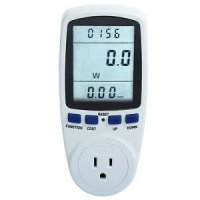Can you guys elaborate on that a bit. I’ve read in lots of places that more boards run softer is the most effective, not just for efficiency but for the way the plant gets light. I’m still learning about it all so I’d like to understand what you’re talking about a bit better 






 ).
). )
)



